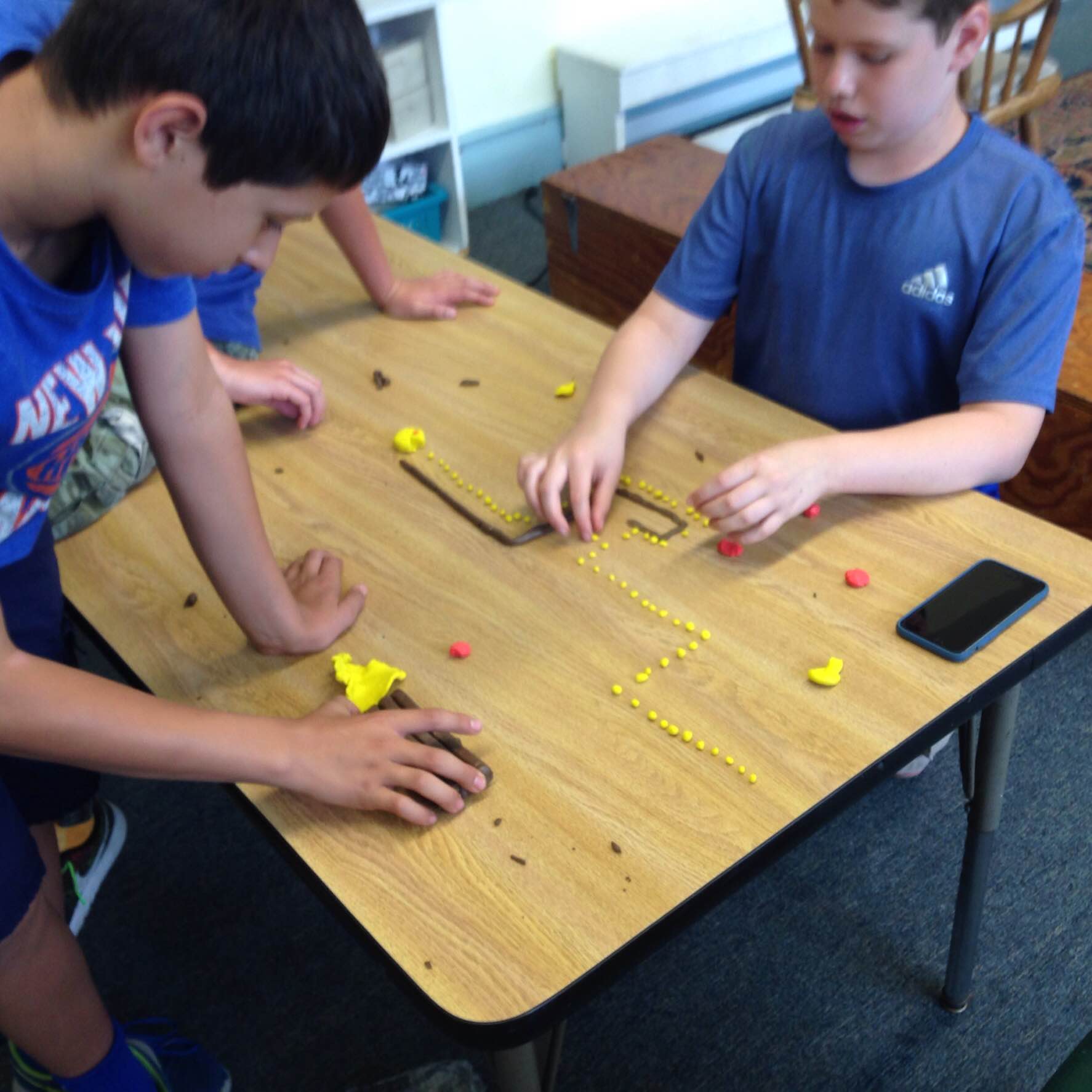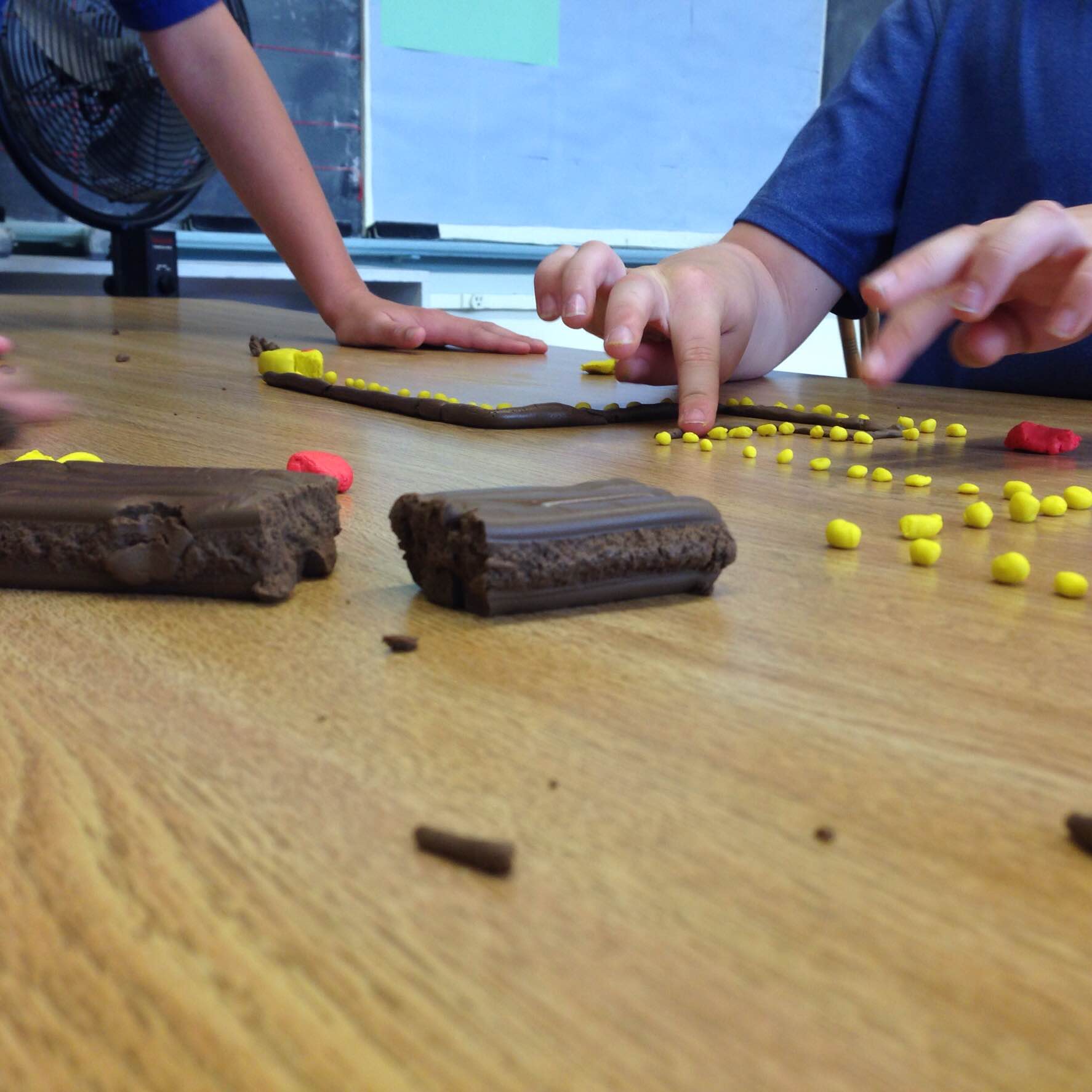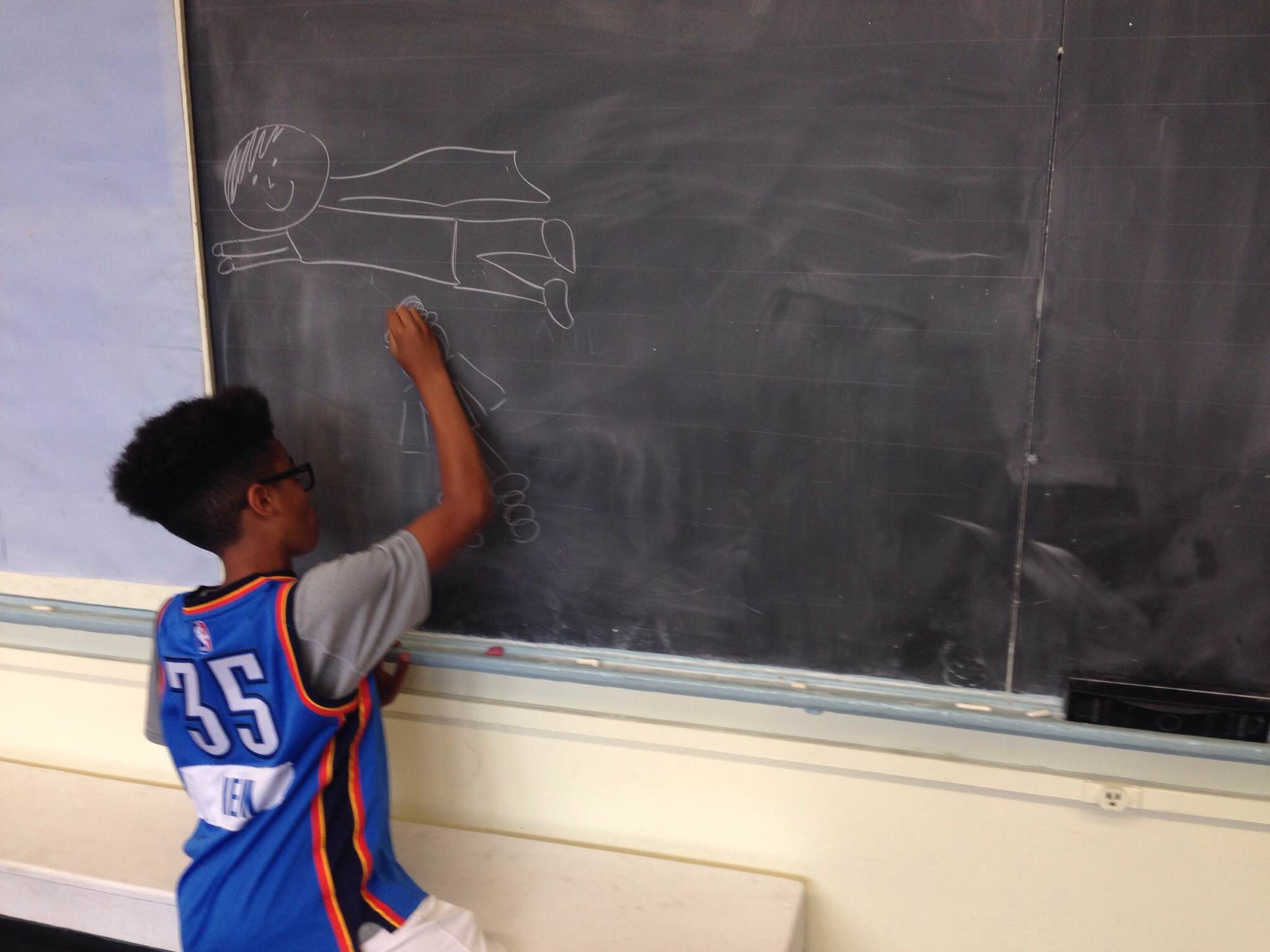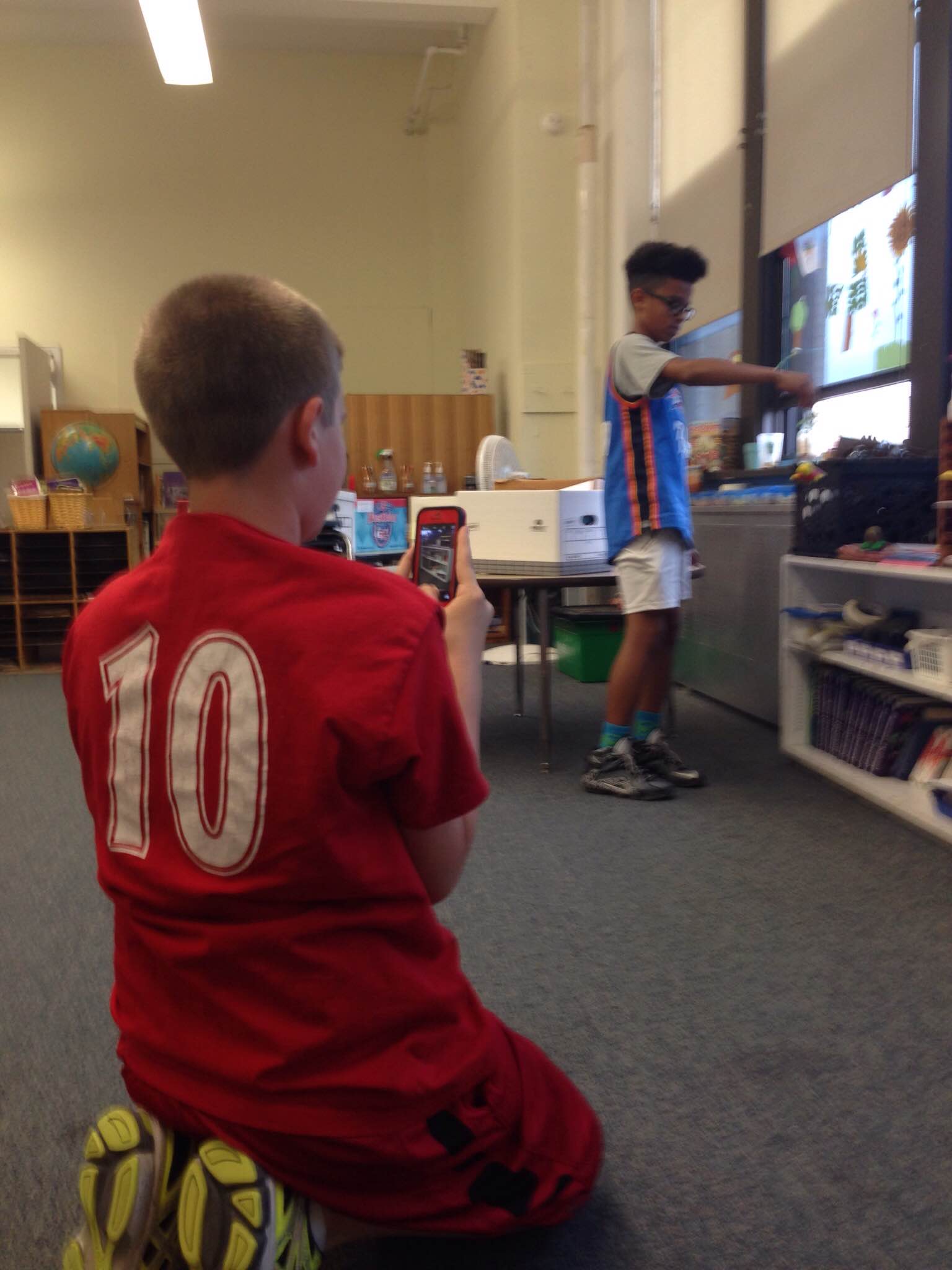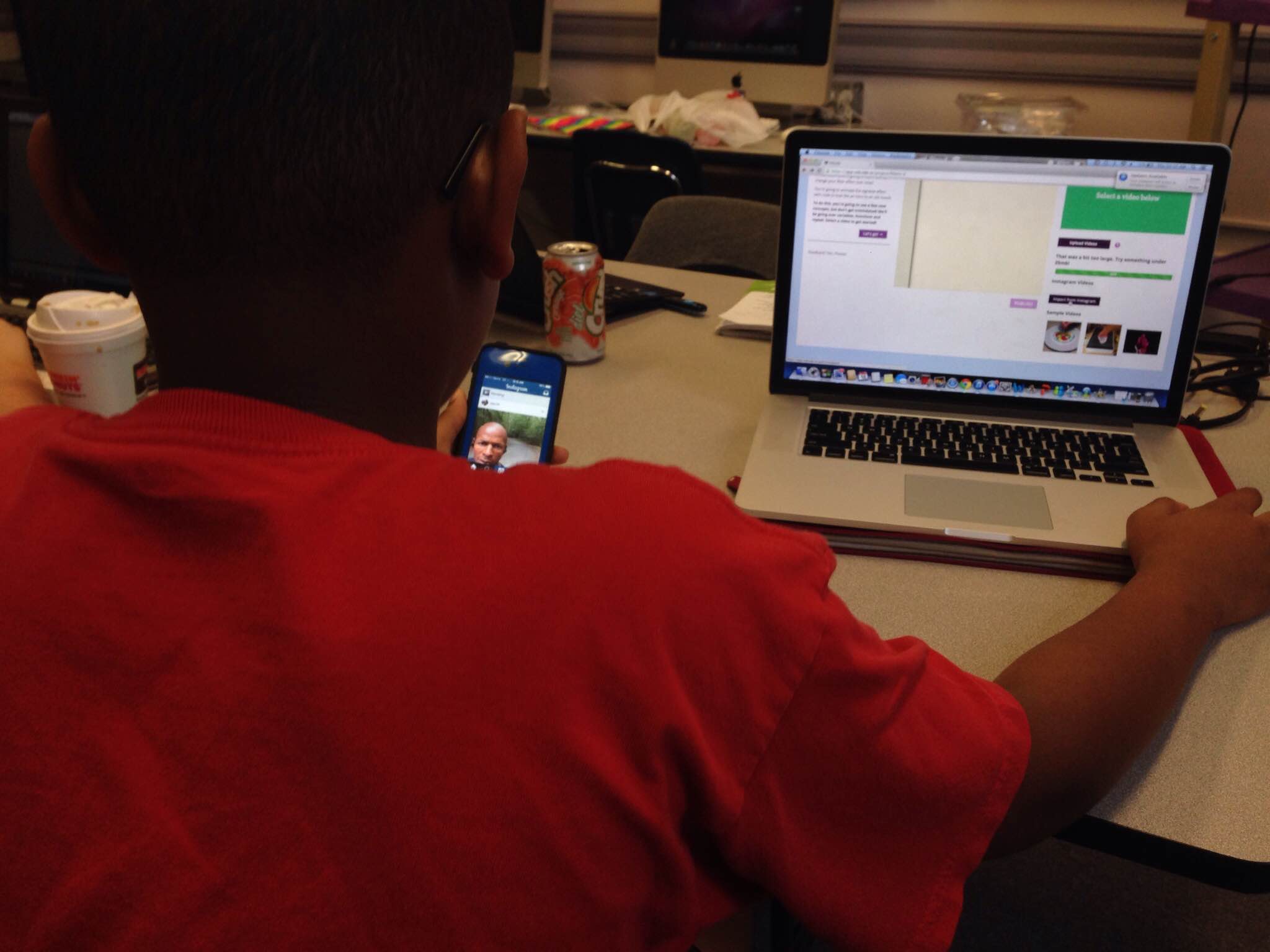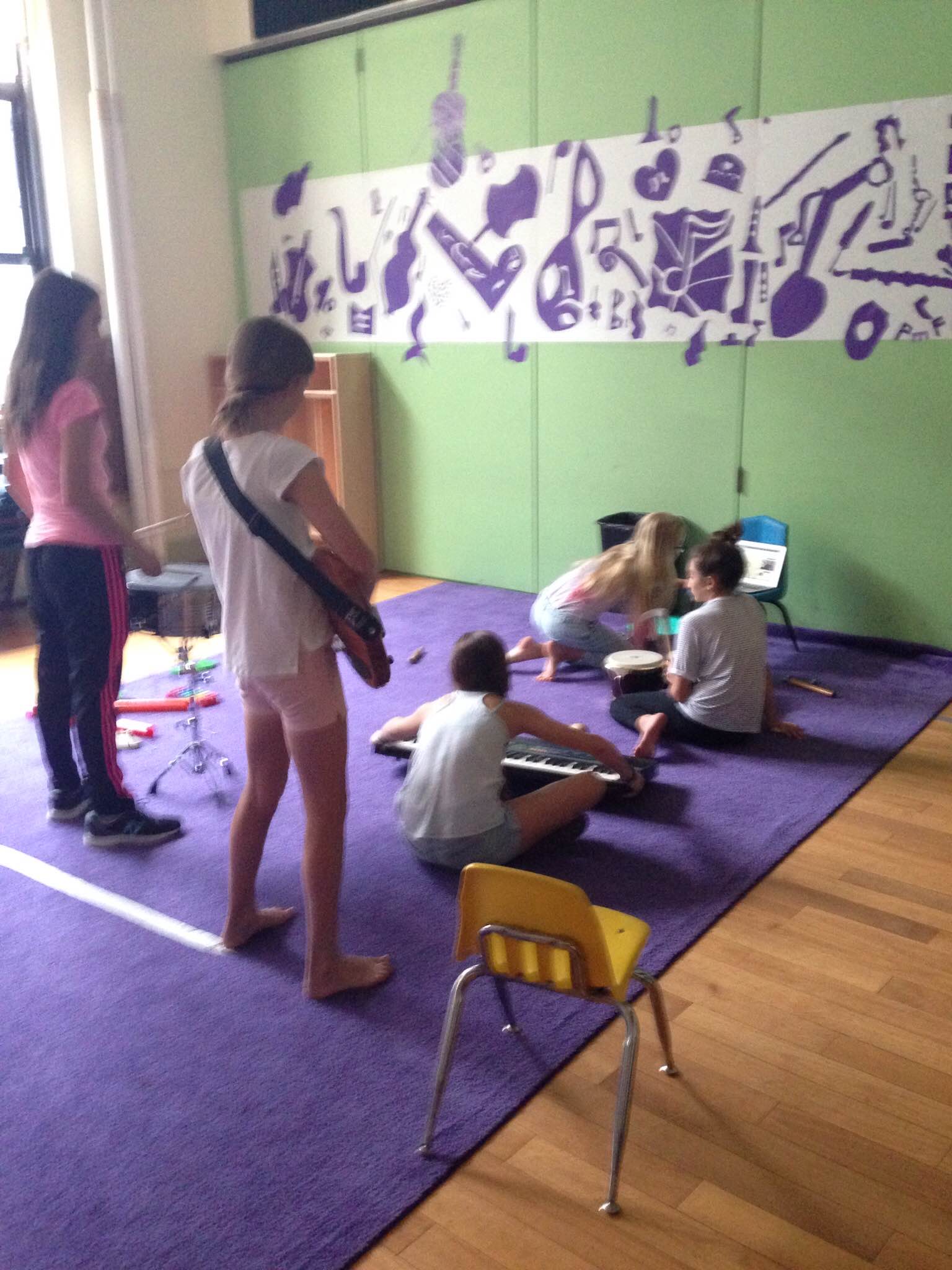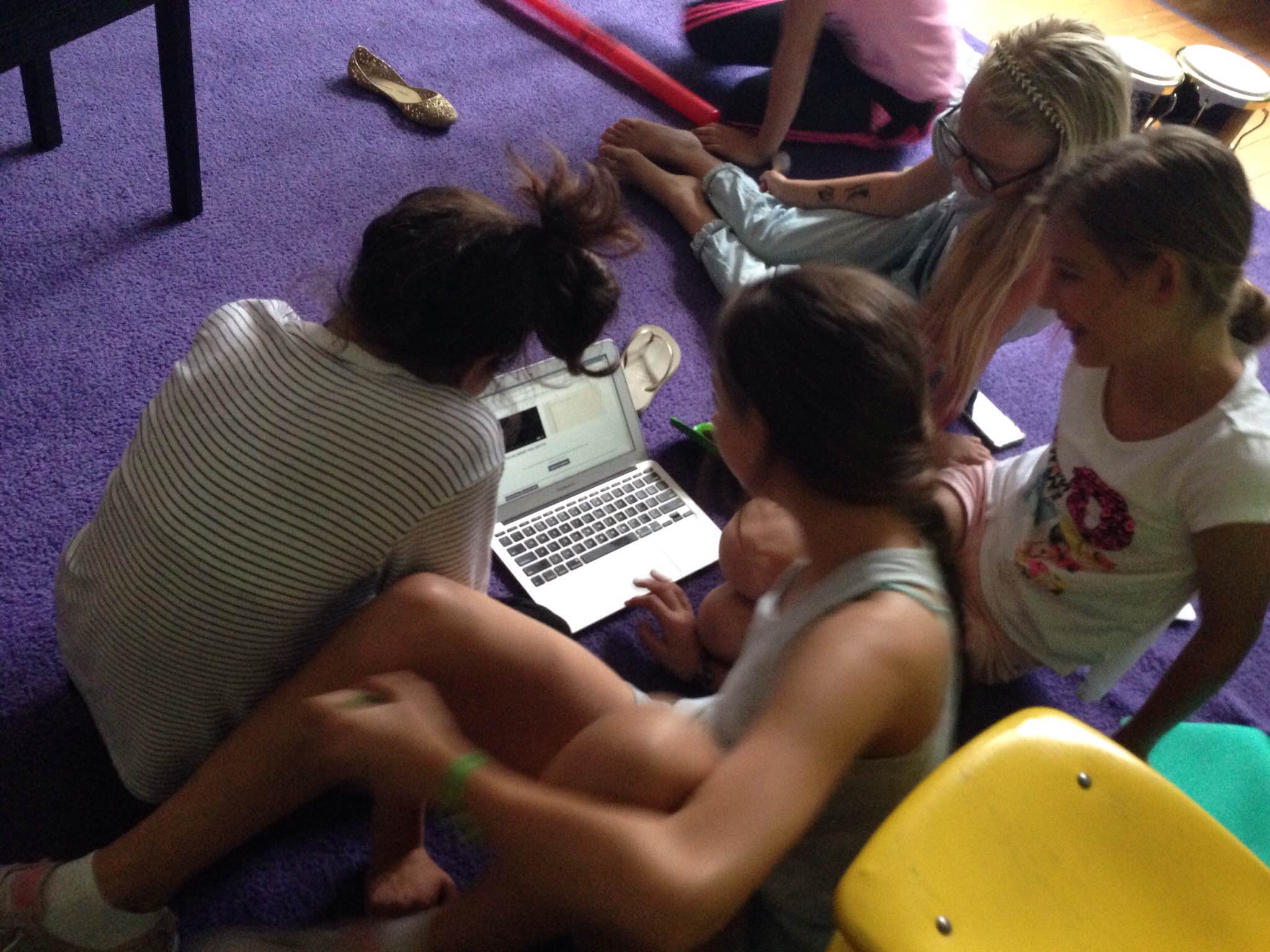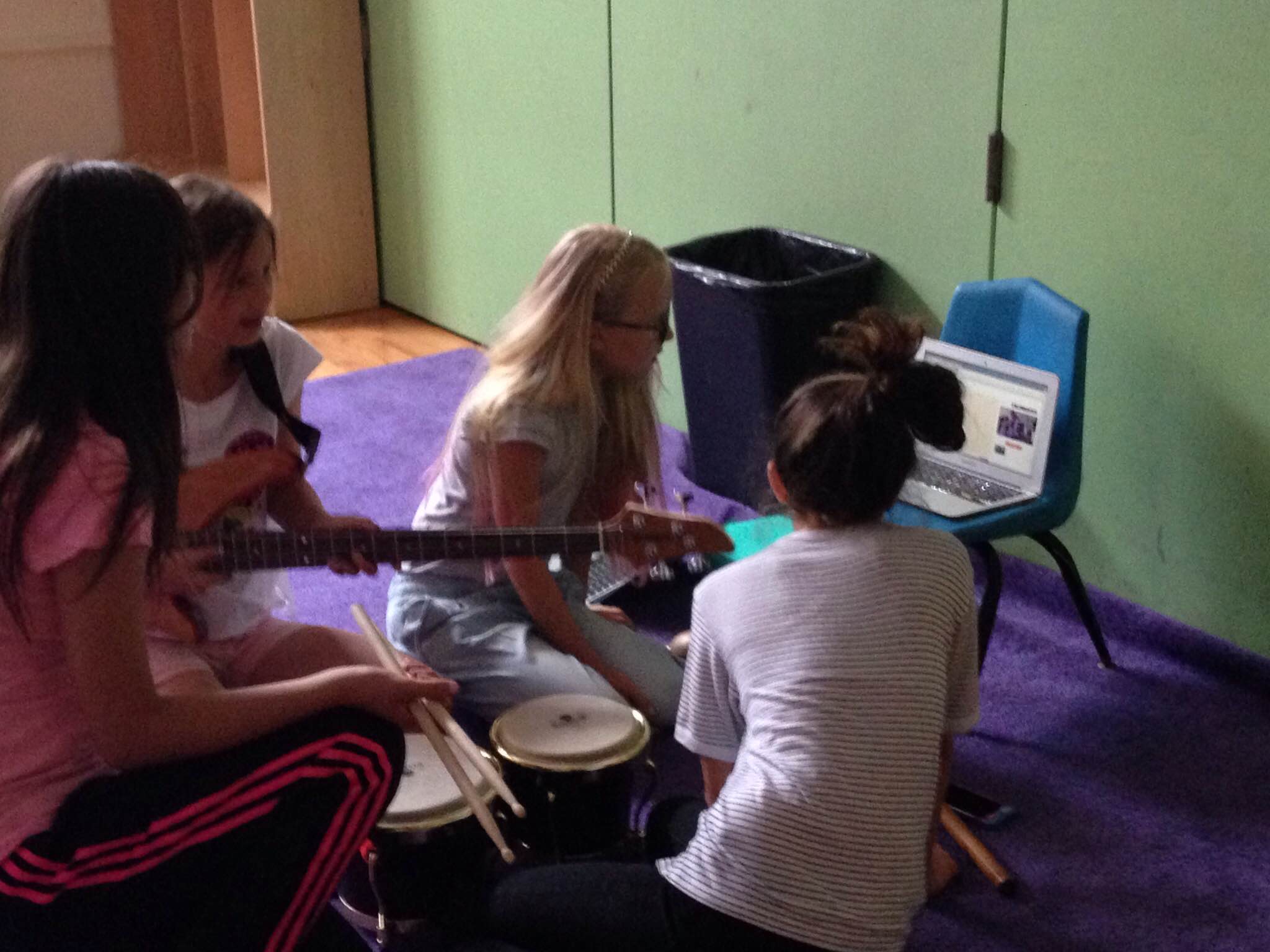We created a guide to help participants get started choosing and researching topics. It includes more information on the topics they can choose from, important climate terms and examples of how other artists are responding to climate change in their work.
Empowering students to show their point of view through art and technology is powerful. Art is a way to connect people with ideas that they would otherwise not be exposed to and gives artists a voice to say something they might not otherwise have been able to say. Alongside art, technology offers new media to create artworks, like creative coding, and new channels for messages to spread and be shared.
And this is important, historically art and technology combined have made a real impact. For example, Judy Collins took recordings of humpback whale songs and included them in her 1970 album Whales and Nightingales, which exposed millions of people to the beautiful and complex songs that whales use to communicate. These whale songs inspired the 'Save the Whales' movement, and in 1982, hunting whales became banned internationally.
We hope that this contest is a starting point for students to have conversations, and to research and create their own projects about climate and climate change, even after the contest ends. The top 5 winners of the contest will get full access to the Vidcode platform, offering them more tools to create projects with code and videos. And the overall winner will receive, in addition to full Vidcode access, a computer device designed for education and a science lab complete with sensors and software, so they can continue their research of the world around them.
Learn more about the contest and submit your own video, or use our Teacher Guide to bring coding, art and science into your classroom. The contest runs until November 15, 2015.







